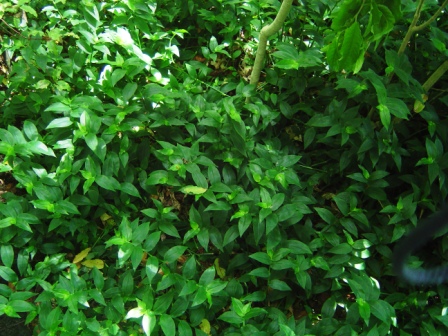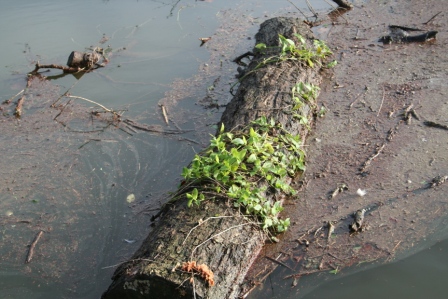
Native Plant Nursery Specialising in Recreating Forests and Wetlands
Native Plant Nursery Specialising in Recreating Forests and Wetlands

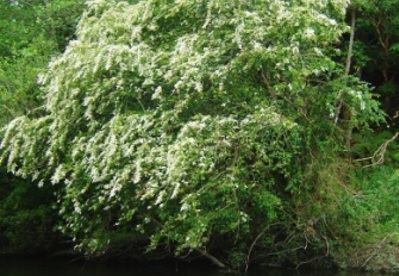
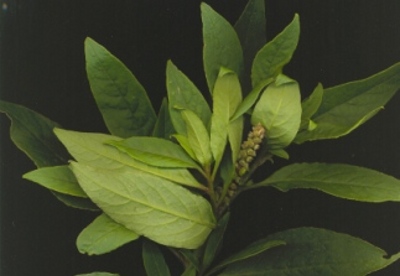
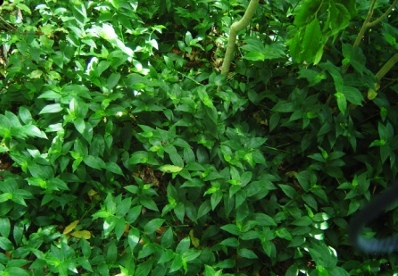
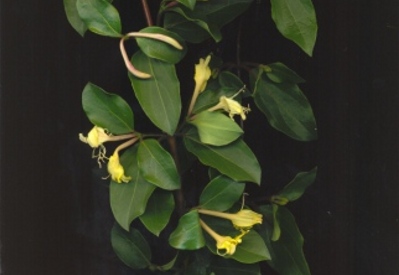
Wandering
Dew Tradescantia fluminensis
Wandering dew poses the most serious long-term weed threat to any new planting or existing area of native vegetation. Wandering dew forms dense ground cover even in the deepest shade and stops the establishment of seedlings, preventing any regeneration, dispersal, competition between species and succession. Most un-grazed sites on the riverbank have wandering dew, which gradually reduces the other species found there to those which can establish through it.
Control: One of the most persistent
weeds and most difficult to control.
Spray with Trichlopyr (Grazon) and
surfactant. Addition of Glyphosate is recommended to control other
weeds that may affect coverage. Repeated spraying at 6-8 week intervals
is necessary to ensure total control. As many as eight repeat
applications may be necessary to ensure control but the last few
applications will be occasional spot spraying to ensure the last
fragments are covered. Failure to eliminate the last few fragments will
mean rapid reinfection. Planting should not be attempted until control
is assured. Spraying after planting has been done is much more
difficult and likely to result in plant losses.
